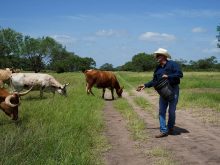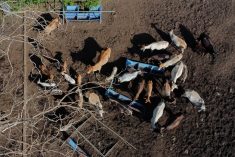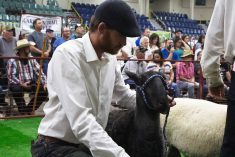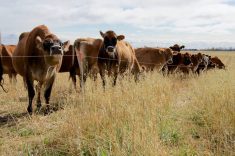RED DEER – A new variety of fababeans might be a good replacement feed for imported soybean meal in pig rations.
Fababeans have not received much attention as pig feed because of high tannin levels that leave a bitter taste. A new variety of zero-tannin fababean was assessed in a feed trial conducted by Alberta Agriculture and the Prairie Swine Centre.
“Our results show the hogs liked it very well,” said Bert Denning, swine specialist with Alberta Agriculture.
He presented results of this limited feed trial at the swine technology workshop held in Red Deer Oct. 27.
Read Also
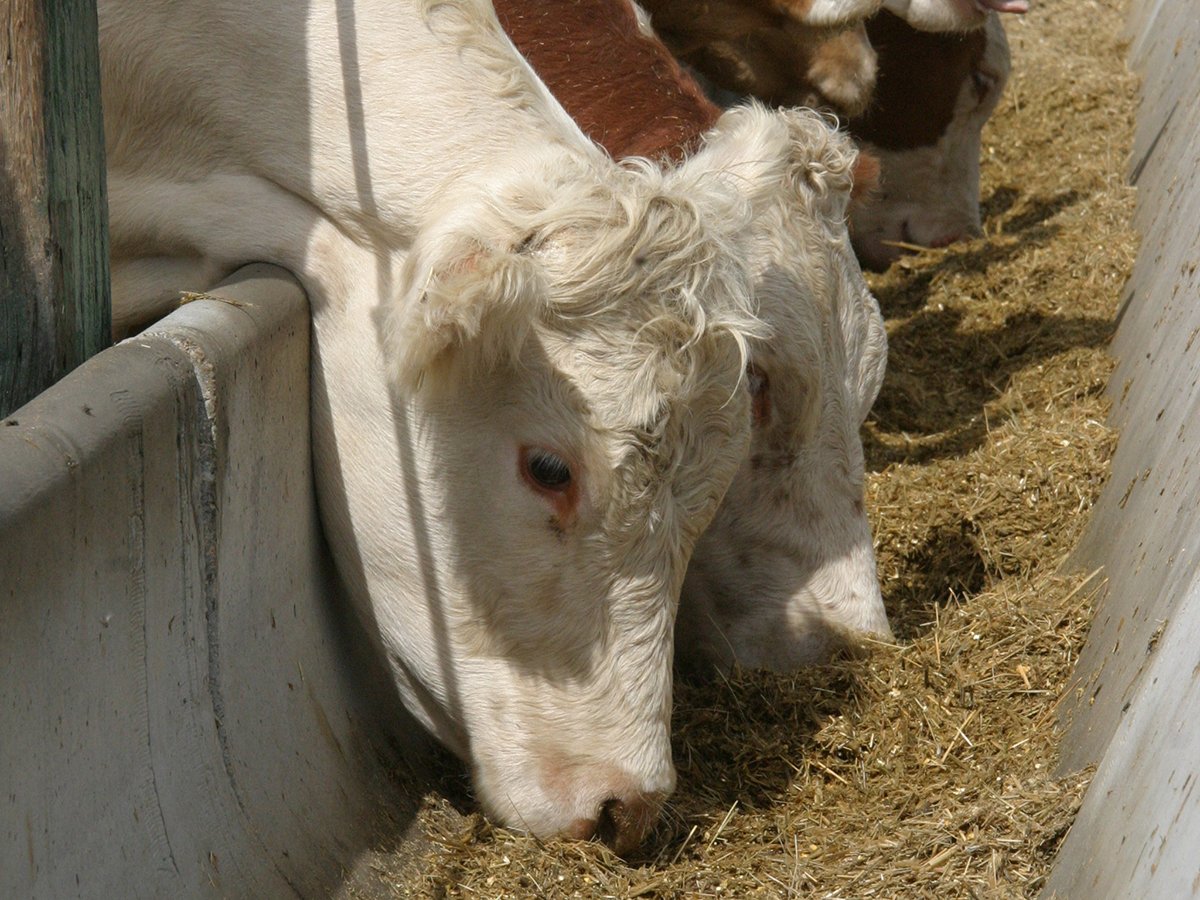
Alberta cattle loan guarantee program gets 50 per cent increase
Alberta government comes to aid of beef industry with 50 per cent increase to loan guarantee program to help producers.
The trial measured the nutrient value for digestible protein and digestible energy. Feed values were compared to soybean meal.
Tests showed the fababeans contained one percent tannins and 27.5 percent crude protein and digestible energy.
Grower-finisher pigs from 30 kilograms to slaughter weight were assessed and some differences were noted in overall performance between grower and finisher pigs.
Average daily gain did not differ, although barrows fed soybean meal gained seven percent more than those on the fababean diet. Gain was similar among gilts on both diets.
Carcass quality was similar between pigs fed fababean and soybean meal, but lean muscle depth of pigs fed soybeans was superior by four millimetres.
Fababeans carry more fibre and it appeared pigs on that diet had more gut mass.
Denning said more research is needed, but the trial showed a 25 percent substitution rate of fababeans for soybean meal is reasonable.
If this happened across the industry it would require 40,000 acres of fababeans to be grown in Alberta, making it the second largest pulse crop in the province.
Fababeans are a high nitrogen fixer and could work well in crop rotations. It is a long season crop that yields around 60 bushels per acre.
Commercial seed production of the low tannin variety is expected to start next spring.




